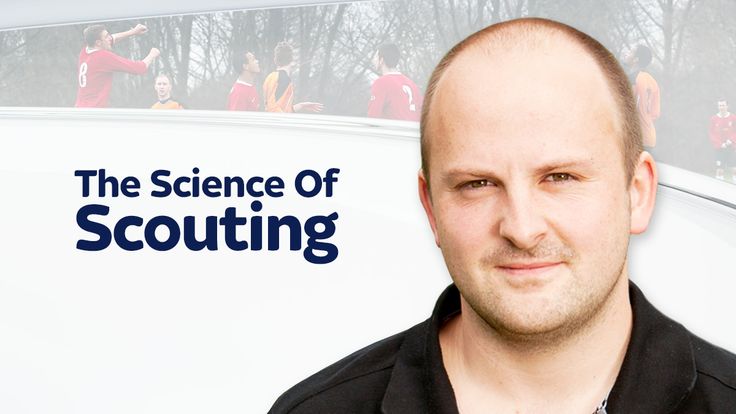As part of our ongoing series, Leicester City’s head of technical scouting Rob Mackenzie explains how they look to compare potential new signings to what they already have at the club.

Monday 29 September 2014 19:35, UK
Working out the impact a potential new signing might have on a team is not an exact science. But that doesn’t mean you can’t do plenty of research to help your club make the best educated guess possible.
That’s the job of Rob Mackenzie at Leicester. “There are two scenarios,” he tells Sky Sports. “Sometimes you’re looking for a similar role in the team but an improvement on what you’ve got. Sometimes you’re looking for someone to complement what you’ve already got and bring something different.
“For us, we obviously identify what we want to get from a player and then we look to compare that to another player who is similar at that level. For example, if we’re looking for a target-man striker, even if we don’t have one in the building that we can compare him to there are other target men we know and like who we can compare him to.”
Introducing a new type of player to the team is particularly tricky and requires considerable thought. Will he suit the side’s style of play? “I know there’s a lot of work going on in the blogging community about goal expectancy and the quality of chances that strikers have,” says Mackenzie. “There are a lot of mismatches that can occur when a striker is bought by another club who don’t create the types of chances that he is used to. This potential mismatch may contribute to a striker struggling goal wise.
“It’s not to say that strikers aren’t capable of scoring different types of goals but if you’re trying to minimise risk and you’re looking at how a player usually takes his chances, if we’re not creating those types of chances there’s a possibility it won’t work. That’s where the subjective aspect comes in. If he’s a target man with no pace then he’s not going to be getting onto through-balls because he physically can’t do it.
“So we look hard at how teams play, where their chances come from and then we ask ourselves whether we create those types of chances. Last season we didn’t create that many goals from crosses because we had wide men coming in off the line so we’ve complemented our wide options by bringing Marc Albrighton in.
“One of the things about Riyad Mahrez is that when we bought him from Le Havre we saw that he was an effective player from counter-attacks, coming in off the line when going forward on transitions & playing penetrative through-balls. We were a counter-attacking side with pace so straight away you’re thinking that he’s going to complement the way that we already play.”
Leicester’s style of play involves lots of hard work and that’s something Mackenzie attempts to factor in when assessing new recruits. “Work rate is really important under this manager. For example, if you’re being asked to play as a lone striker in a 4-2-3-1 you might be being asked to hold the central position so you can be an outlet if your team wins the ball back.
“In that case, you’re not going to go chasing centre-backs, but if we are playing a 4-4-2 the front two would normally be expected to defend from the front. So you have to take into account that his stats might be based on what he’s being told to do. He might be capable of doing it but he’s not doing it for various reasons. As a result, we try to model clubs who play a similar way so it’s easier to see if they are doing it more or less effectively than our players.
“It’s about a team’s formation but it’s about their overall style of play too – their work rate and their work ethic. How they set up to defend in terms of whether they press from the front or not is something that we can immediately see. Do they look to turn the ball over high up the pitch similar to what we would expect?
“We subjectively code our work rate. I think its something that is more relevant higher up the pitch. Who is initiating the pressing? When we code and analyse players we have three categories: (1) Forced turnover; when the player presses an opponent and they skew it out of play or give it away. (2) Forced decision; when they still keep possession but the player who has engaged them has forced them to go backwards or laterally. (3) Pressing attempt; when it’s OK but it doesn’t have the same intensity as the other two.
“For example, in our team at the moment we have Jamie Vardy whose pressing is really impressive. So we can use his data that we generate in-house as a benchmark. That way we can say to the manager, ‘If you think Jamie Vardy works hard, this is how this guy in Germany or France compares and here’s some video evidence. He will offer similar intensity out of possession’.
“Alternatively we might say to him, ‘This guy does nothing out of possession. If you think this player does nothing then you haven’t seen anything yet because this guy does absolutely nothing out of possession’.
“It always has to have meaning to it because if you are just saying that a player turns the ball over four times in a game then people might wonder what you’re talking about. But if we can say to them that Jamie Vardy turns the ball over five times then straight away they have a picture in their head of what this player can offer.”